The kaleidoscope feature of Photo Booth on an iPad remains one of the funkiest ways of looking through the lens I know. It is a useful addition to any light and colour project because what one sees can be photographed. It can capture images for later use. Ordinary kaleidoscopes do not have this ability.
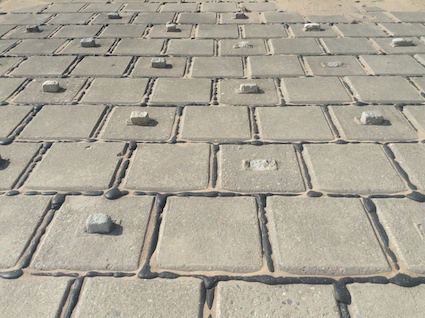
I decided to undertake a very simple “Guess the Feature” activity. As I was at the beach, I went around photographing different features in a normal frame and a kaleidoscope one.
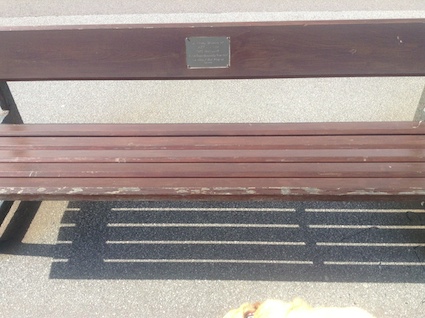
Even the most mundane features take on a new form and life when photographed through the kaleidoscope feature.
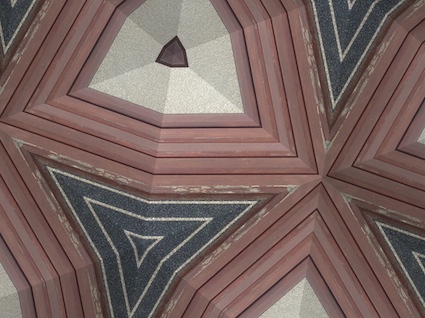
With classes, group of children can have fun creating “pairs” of objects for others to match up or to play “snap” with. For young children, this is the level I would be working at.
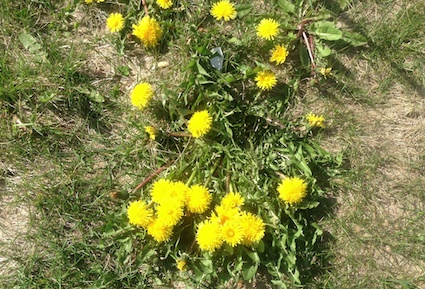
As well as learning about photography and seeing features in a different way, other useful discussions may arise. Also, there are more challenging activities to undertake which are probably suited to children in older classes.

For example, does the kaleidoscope app create photos which have rotational or reflective symmetry? This will really test a child’s peers of observation and understanding of rotational symmetry.
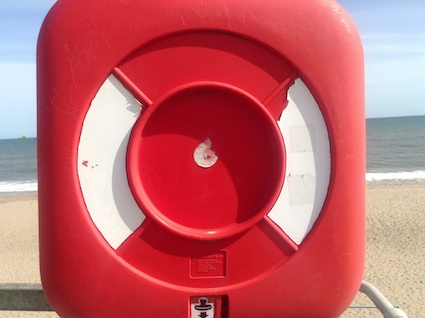
There will always be 3 lines of reflective symmetry. But unless you target your feature carefully, it is unlikely to have rotational symmetry, even if the original feature has – as indicated by this lifebuoy station which has a rotational symmetry of 2.
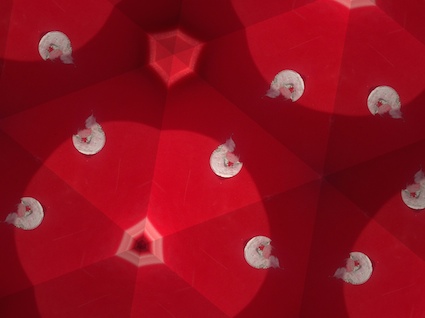
Photographing my dog gave the best illustration of the difference. Here he is posing on the beach…
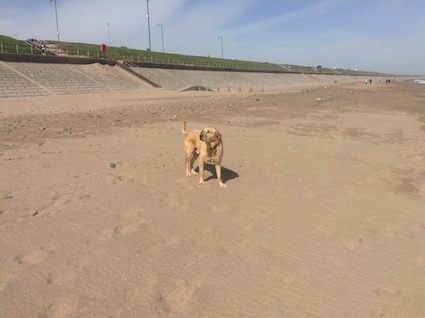
In the photo below, you can use a mirror to clarify that the symmetry is indeed reflective rather than rotational. Saying this, the reverse challenge is to create an image which has rotational symmetry.
This is where photographing real features is different from looking at a toy kaleidoscope where there is a tube, a triangular prism of mirrors and coloured pieces of plastic at the end. Children can investigate whether rotational symmetry is more likely to occur when using this toy.

The kaleidoscope is a Scottish invention. It was patented by the scientist Sir David Brewster in 1816. They are well worth exploring further and lots of instructions can be found online to create your own.

If you have other ideas or uses for the kaleidoscope app on Photo Booth, please let me know. I always like to make the most of any tool which is preloaded onto an iPad.
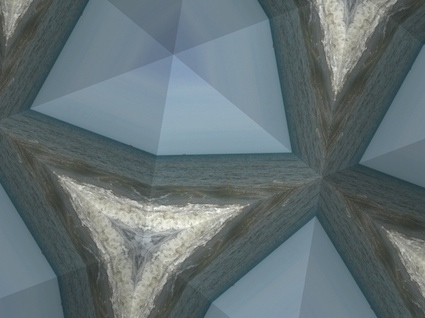
Finally, on the subject of photographs, I bought a wonderful new book last week by Jane Hewitt, Learning through a Lens. It is jam-packed with lots of ideas and suggestions around using cameras in schools. As you can imagine, plenty of the ideas work well outside. I’m also very excited because it is Jane who took most of the photos for my book, Dirty Teaching, which should be published in June.





























